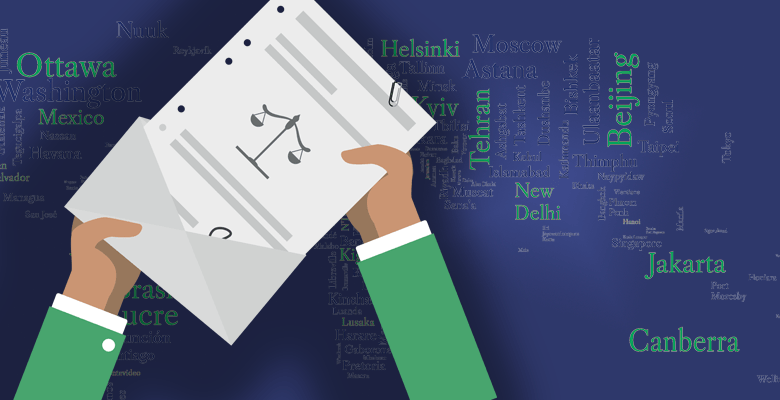Unraveling Legal Jargon: Navigating the Uber Accident Lawyer’s Glossary

Dive into the intricate world of legal terminology surrounding Uber accidents. This comprehensive guide, written in a conversational tone, demystifies legal jargon, ensuring you have a clear understanding of the language that shapes your post-accident legal path.
Introduction: Navigating the Legal Maze with Confidence
Legal proceedings can often feel like navigating through a maze of complex terms and phrases, especially when dealing with an Uber accident case. In this guide, we embark on a journey to unravel the legal jargon commonly used by Uber accident lawyers. By the end, you’ll not only be well-versed in the language of the law but also equipped to navigate your legal journey with confidence.
Uber Accident Lawyer’s Glossary: Key Terms Demystified
1. Liability: Who’s Responsible?
Liability refers to legal responsibility. In the context of an Uber accident, determining liability is crucial for identifying who is legally responsible for the damages. It can be the Uber driver, another involved party, or a combination of factors.
2. Negligence: Breach of Duty
Negligence occurs when someone fails to exercise the level of care expected in a given situation, leading to harm or damage. Proving negligence is often a key element in Uber accident cases.
3. Settlement: Resolving Without Trial
A settlement is an agreement between the parties involved to resolve the case without going to trial. It often involves a financial compensation amount and can be negotiated through legal representatives.
4. Subrogation: The Insurance Shuffle
Subrogation comes into play when one party’s insurance company pays for damages that another party is legally responsible for. The paying insurer then seeks reimbursement from the at-fault party’s insurance.
5. Compensatory Damages: Making Amends
Compensatory damages aim to financially compensate the injured party for losses or damages suffered due to the accident. This includes medical expenses, property damage, and lost wages.
6. Mediation: A Negotiated Resolution
Mediation is a dispute resolution process where a neutral third party, the mediator, helps the involved parties reach a mutually acceptable agreement. It’s an alternative to a court trial.
7. Pain and Suffering: Beyond the Tangible
Pain and suffering encompass the physical and emotional distress experienced due to an accident. It’s a non-economic damage that can be eligible for compensation.
FAQs: Common Questions About Legal Jargon in Uber Accident Cases
Q1: Do I Have to Go to Court for an Uber Accident Case?
A: Not necessarily. Many cases are resolved through negotiation and settlement, avoiding the need for a court trial. However, each case is unique, and legal advice is crucial.
Q2: What Does “Subrogation” Mean for My Insurance Claim?
A: Subrogation can affect your insurance claim if another party’s insurer seeks reimbursement from your insurance company. It’s essential to understand the implications and consult with your lawyer.
Q3: Can I Sue for Pain and Suffering After an Uber Accident?
A: Yes, you can. Pain and suffering are recognized damages in personal injury cases, and seeking compensation for both physical and emotional distress is a common legal practice.
Wrapping Up: Empowered with Legal Insight
Synonyms for Conclusion: Final Thoughts, In Closing, The Legal Road Ahead
As we conclude our exploration into the Uber accident lawyer’s glossary, remember that legal jargon is not a barrier but a bridge to understanding your case. Armed with this knowledge, you’re better prepared to navigate the twists and turns of your legal journey. Whether it’s liability, subrogation, or pain and suffering, each term carries significance on your road to justice.



